Parts of the Tooth Worksheet
Are you searching for a helpful educational resource to teach your students about the different parts of a tooth? Look no further! This blog post will provide you with an informative and engaging worksheet that is perfect for teaching elementary school students about the entity and subject of teeth. Let's explore the world of teeth and discover the various parts that make up this important part of our bodies.
Table of Images 👆
More Other Worksheets
Kindergarten Worksheet My RoomSpanish Verb Worksheets
Healthy Eating Plate Printable Worksheet
Cooking Vocabulary Worksheet
My Shadow Worksheet
Large Printable Blank Pyramid Worksheet
Relationship Circles Worksheet
DNA Code Worksheet
Meiosis Worksheet Answer Key
Rosa Parks Worksheet Grade 1
What is the crown of a tooth?
The crown of a tooth is the visible portion of the tooth that is above the gumline. It is covered by enamel, which is the hardest substance in the human body, protecting the underlying dentin and pulp of the tooth. The crown is responsible for the chewing function of the tooth and plays a crucial role in maintaining overall oral health.
What is the function of enamel?
Enamel serves to protect the underlying dentin and pulp of the tooth by providing a hard and durable outer layer that can withstand the forces of chewing and protect against decay and damage. It is the hardest substance in the body and helps maintain the structural integrity of the tooth by providing a barrier against bacteria and acids that can cause tooth decay.
What is dentin and where is it located in a tooth?
Dentin is a mineralized tissue that makes up the majority of a tooth's structure, lying beneath the outer enamel layer and surrounding the inner pulp chamber and root canal. Dentin is crucial for supporting the enamel and providing protection to the tooth's delicate inner structures.
What is the purpose of the pulp chamber?
The purpose of the pulp chamber is to house the dental pulp, which contains blood vessels, nerves, and connective tissues that nourish the tooth and provide sensory functions. It is responsible for maintaining the vitality and health of the tooth by supplying nutrients, oxygen, and moisture to the surrounding tissues.
What are dental nerves and what do they do?
Dental nerves are a crucial part of the oral anatomy that transmit sensory information from the teeth and surrounding tissues to the brain, allowing you to feel sensations like heat, cold, pressure, and pain. These nerves also play a role in regulating blood flow to the teeth and contribute to the autonomic nervous system responses in the mouth, such as salivation. Additionally, dental nerves are responsible for signaling the brain about any potential issues like decay, infection, or trauma in the teeth, promoting timely intervention to maintain oral health.
What is the root of a tooth and what does it anchor to?
The root of a tooth is the part of the tooth that is embedded in the jawbone and holds the tooth in place. It anchors to the surrounding bone through a network of fibers called the periodontal ligament, which helps stabilize the tooth and allows for proper function during chewing and biting.
Where are cementum and periodontal ligaments located in a tooth?
Cementum is located on the root surface of a tooth, covering the dentin, while periodontal ligaments are found between the cementum and alveolar bone, helping to attach the tooth to the surrounding bone.
What is the role of the alveolar bone in relation to teeth?
The alveolar bone plays a crucial role in supporting and anchoring the roots of teeth within the jaw. It provides structural support to the teeth and helps maintain their position, stability, and alignment within the mouth. Additionally, the alveolar bone undergoes constant remodeling in response to various stimuli, such as forces from chewing and orthodontic treatments, to adapt to changes in tooth position and maintain optimal function.
What is the difference between incisors, canines, premolars, and molars?
Incisors are the front teeth used for cutting, canines are the pointed teeth for tearing, premolars have flat surfaces used for grinding and crushing, while molars are the larger back teeth also used for grinding and chewing food. Each type of tooth plays a specific role in the process of eating and chewing food.
How do teeth help in the process of digestion?
Teeth aid in the process of digestion by physically breaking down food into smaller pieces through chewing, which increases the surface area of the food for enzymes to act on. This makes it easier for the digestive enzymes in the mouth and stomach to further break down the food into molecules that can be absorbed by the body. Properly chewed food is also easier for the stomach and intestines to process, leading to better nutrient absorption and overall digestion.
Have something to share?
Who is Worksheeto?
At Worksheeto, we are committed to delivering an extensive and varied portfolio of superior quality worksheets, designed to address the educational demands of students, educators, and parents.

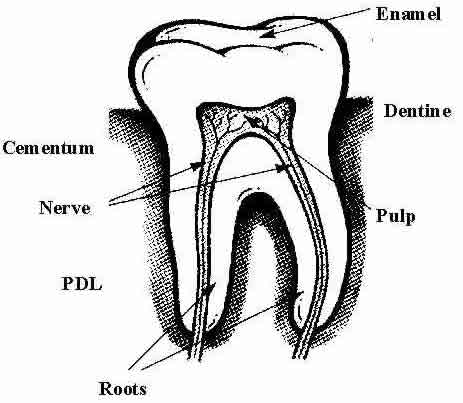



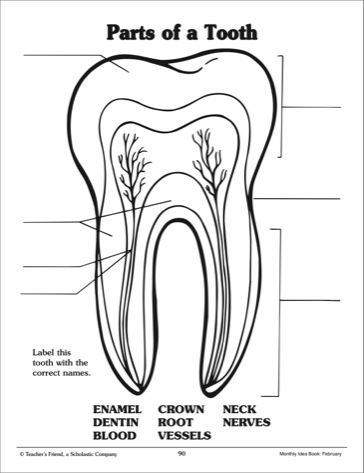
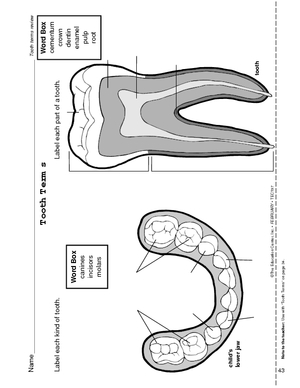
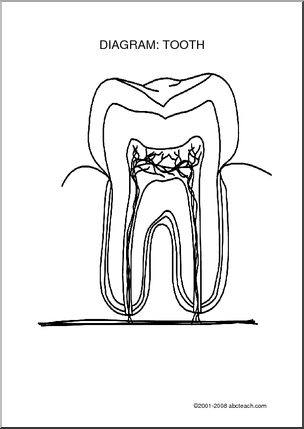
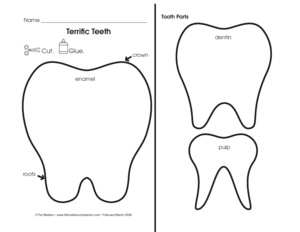
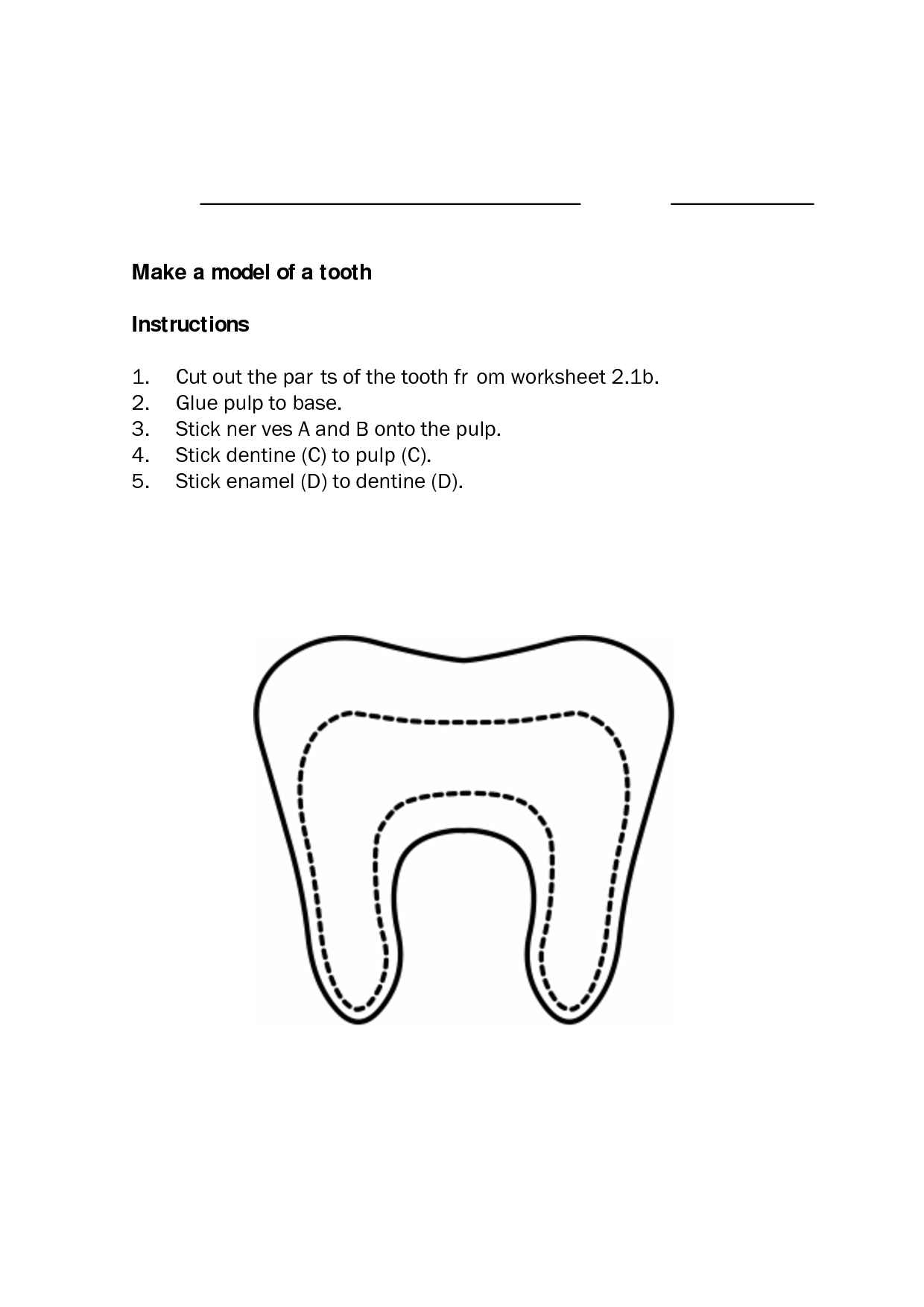
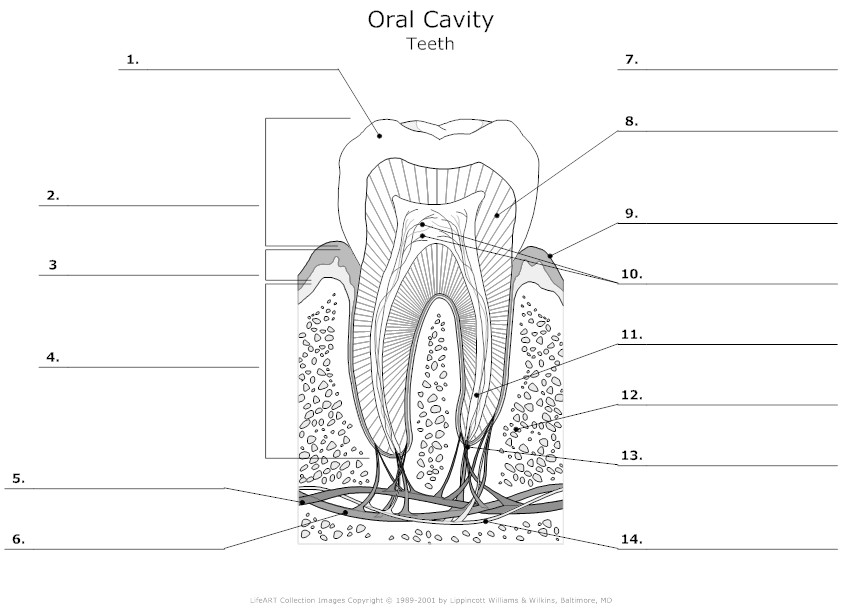
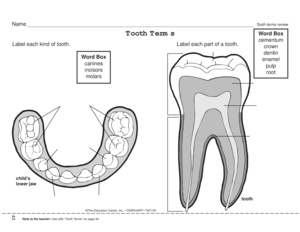
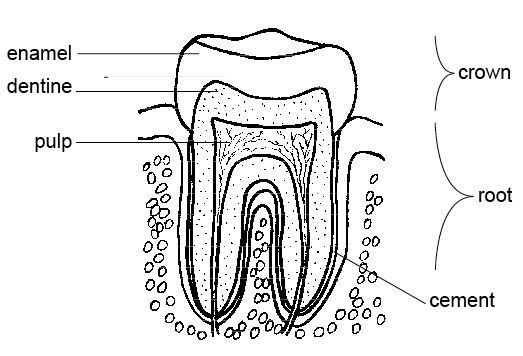
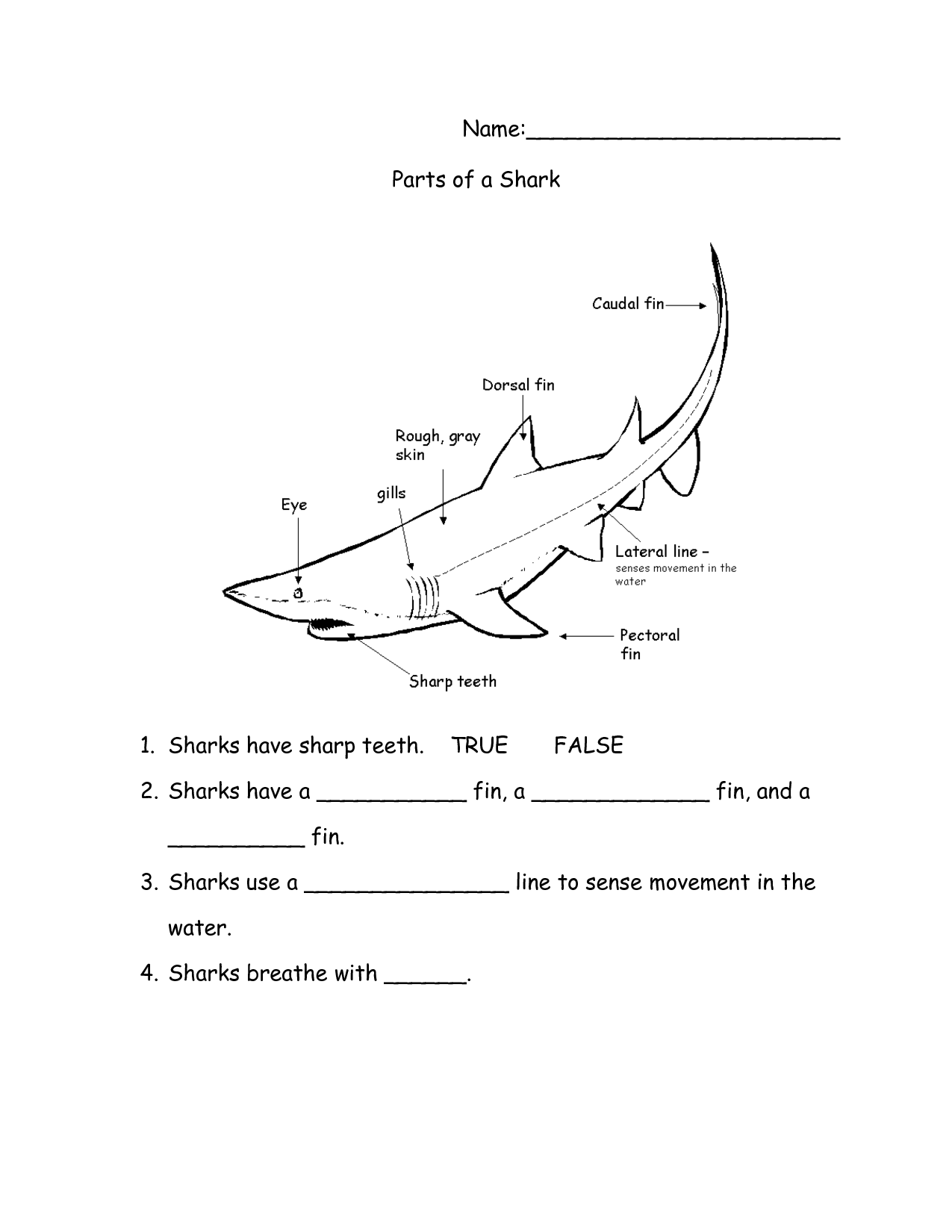














Comments